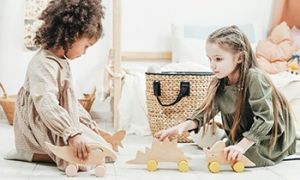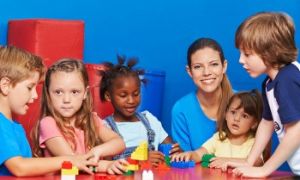Documenting infant and toddler learning is a vital practice that captures the essence of their developmental journey. It involves observing, recording, and reflecting on their actions, interactions, and milestones to make their learning visible. The following article provides information on: Importance Of Documenting Infant and Toddler Learning and Development, Showcasing Infants and Toddlers Learning and Development, Documenting Infant and Toddler Milestones, Linking Infant and Toddler Learning To The EYLF and more.
Importance Of Documenting Infant and Toddler Learning and Development
Documenting infant and toddler development is crucial for several reasons:
- Makes Learning Visible: Documentation provides tangible evidence of a child's learning journey, showcasing their progress, skills, and interests.
- Supports Reflective Practice: Educators can use documentation to reflect on their teaching methods and adapt their approaches to better support each child's needs.
- Enhances Parent Collaboration: Sharing documentation with parents fosters a deeper understanding of their child's growth and encourages active participation in their learning.
- Informs Curriculum Planning: Observations and records help educators design child-centered activities that align with developmental milestones and individual interests.
- Respects Children's Work: Displaying children's efforts and ideas conveys respect for their creativity and capabilities, boosting their confidence and sense of achievement.
Showcasing Infants and Toddlers Learning and Development
-
Observation Notes: Record detailed observations of children's actions, interactions, and expressions during play and routines. Focus on their interests, problem-solving skills, and emerging abilities.
-
Photo and Video Documentation: Capture moments of learning through photos or videos. For example, document a toddler stacking blocks or an infant exploring textures.
-
Learning Portfolios: Create individual portfolios for each child, including artwork, photos, and written reflections. This provides a tangible record of their growth over time.
-
Interactive Displays: Use bulletin boards or digital slideshows to showcase children's work and learning processes. Include captions that explain the significance of each piece.
-
Parent Communication: Share documentation with parents through newsletters, apps, or meetings. Highlight milestones and provide insights into their child's development.
-
Reflective Practices: Encourage children to revisit their work and talk about their experiences. Even toddlers can engage in simple conversations about their activities.
Documenting Infant and Toddler Milestones
Documenting infant and toddler milestones is a meaningful way to celebrate their growth and development. Here are some creative and practical methods:
- Monthly Photoshoots: Capture their progress with themed photoshoots to highlight physical and emotional changes over time.
- Memory Jar: Collect small items or notes that represent significant milestones, like their first word or favorite toy.
- Growth Chart: Track their height and weight on a chart to visualize their physical development.
- Baby Journal: Write down memorable moments, achievements, and funny anecdotes in a dedicated journal.
- Handprint and Footprint Records: Preserve their tiny prints as keepsakes to mark their growth.
- Milestone Cards: Use cards to document specific achievements, such as "First Smile" or "First Steps".
- Digital Scrapbook: Create a digital collection of photos, videos, and notes to share with family.
These methods not only create lasting memories but also provide valuable insights into their developmental journey.
Linking Infant and Toddler Learning To The EYLF
Linking infant and toddler learning to the Early Years Learning Framework (EYLF) involves aligning their developmental milestones and experiences with the framework's principles, practices, and outcomes. Here's how this connection can be made:
-
EYLF Outcome 1: Children Have a Strong Sense of Identity
- Support infants and toddlers in building secure relationships with caregivers. For example, consistent routines and responsive interactions help them feel safe and valued.
-
EYLF Outcome 2: Children Are Connected with and Contribute to Their World
- Encourage exploration of their environment through sensory play and outdoor activities. This fosters a sense of belonging and connection to their surroundings.
-
EYLF Outcome 3: Children Have a Strong Sense of Wellbeing
- Promote physical and emotional well-being by providing opportunities for movement, rest, and nurturing care. Activities like tummy time or gentle music sessions can support this.
-
EYLF Outcome 4: Children Are Confident and Involved Learners
- Offer open-ended materials and experiences that encourage curiosity and problem-solving, such as stacking blocks or exploring textures.
-
EYLF Outcome 5: Children Are Effective Communicators
- Engage in meaningful interactions, like singing, reading, and responding to their babbles or gestures, to support language and communication development.
By observing and documenting their learning, educators can tailor activities to align with the EYLF while respecting each child's unique developmental journey.
Further Reading
Writing Observations For Babies
Brain Boosting Activities For Babies
Outdoor Activities For Babies and Toddlers
Best Practices For Caring For Babies
Self-Esteem Development From Babies To Preschoolers


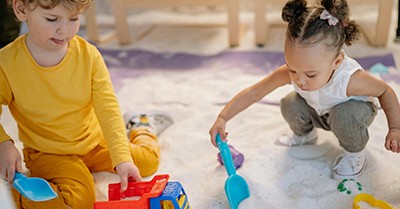
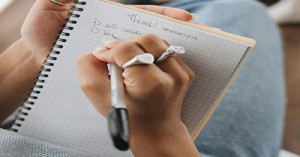

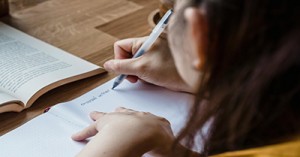

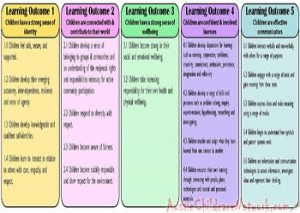 Here is the list of the EYLF Learning Outcomes that you can use as a guide or reference for your documentation and planning. The EYLF
Here is the list of the EYLF Learning Outcomes that you can use as a guide or reference for your documentation and planning. The EYLF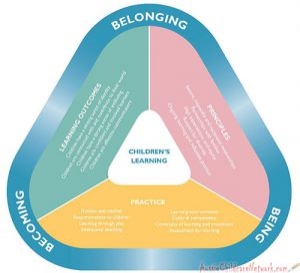 The EYLF is a guide which consists of Principles, Practices and 5 main Learning Outcomes along with each of their sub outcomes, based on identity,
The EYLF is a guide which consists of Principles, Practices and 5 main Learning Outcomes along with each of their sub outcomes, based on identity,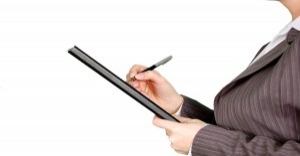 This is a guide on How to Write a Learning Story. It provides information on What Is A Learning Story, Writing A Learning Story, Sample
This is a guide on How to Write a Learning Story. It provides information on What Is A Learning Story, Writing A Learning Story, Sample One of the most important types of documentation methods that educators needs to be familiar with are “observations”. Observations are crucial for all early childhood
One of the most important types of documentation methods that educators needs to be familiar with are “observations”. Observations are crucial for all early childhood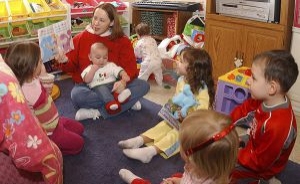 To support children achieve learning outcomes from the EYLF Framework, the following list gives educators examples of how to promote children's learning in each individual
To support children achieve learning outcomes from the EYLF Framework, the following list gives educators examples of how to promote children's learning in each individual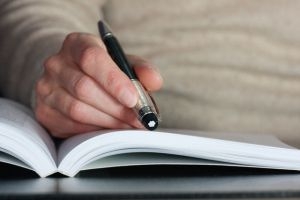 Reflective practice is learning from everyday situations and issues and concerns that arise which form part of our daily routine while working in an early
Reflective practice is learning from everyday situations and issues and concerns that arise which form part of our daily routine while working in an early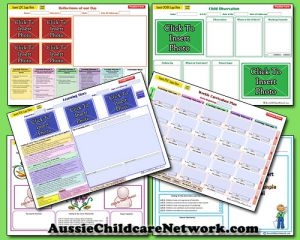 Within Australia, Programming and Planning is reflected and supported by the Early Years Learning Framework. Educators within early childhood settings, use the EYLF to guide
Within Australia, Programming and Planning is reflected and supported by the Early Years Learning Framework. Educators within early childhood settings, use the EYLF to guide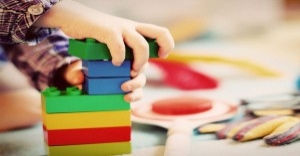 When observing children, it's important that we use a range of different observation methods from running records, learning stories to photographs and work samples. Using
When observing children, it's important that we use a range of different observation methods from running records, learning stories to photographs and work samples. Using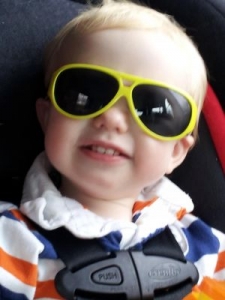 This is a guide for educators on what to observe under each sub learning outcome from the EYLF Framework, when a child is engaged in
This is a guide for educators on what to observe under each sub learning outcome from the EYLF Framework, when a child is engaged in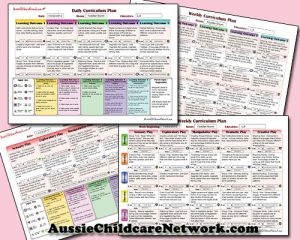 The Early Years Learning Framework describes the curriculum as “all the interactions, experiences, activities, routines and events, planned and unplanned, that occur in an environment
The Early Years Learning Framework describes the curriculum as “all the interactions, experiences, activities, routines and events, planned and unplanned, that occur in an environment